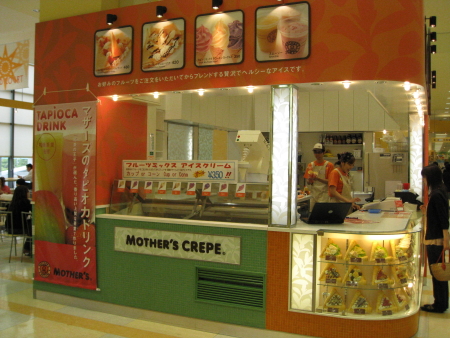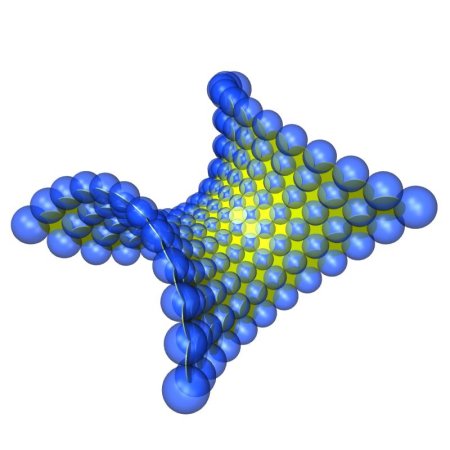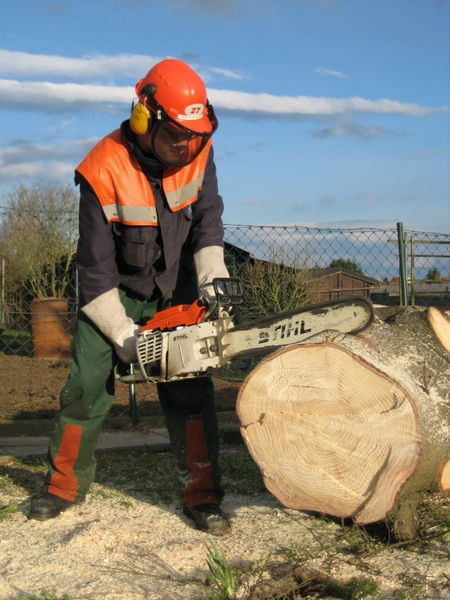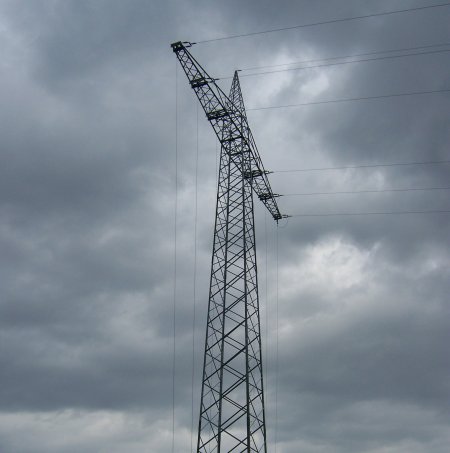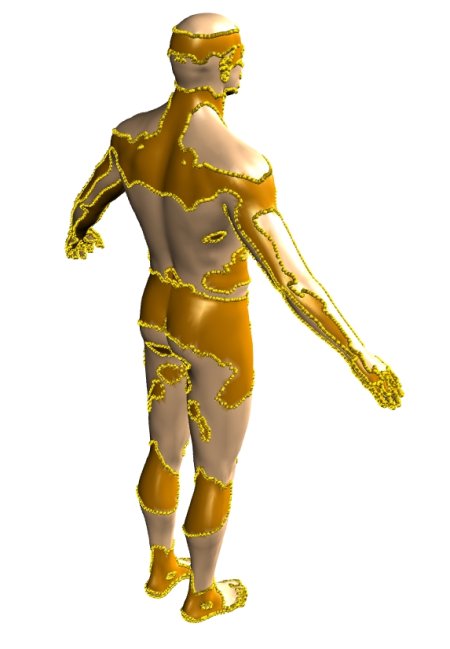isscream
Monday, August 4th, 2008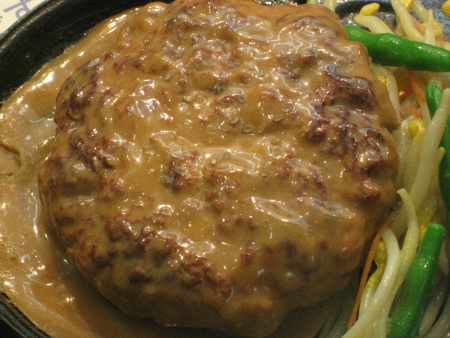
In a link in this randform post about food among others the issue of obesity versus hunger was mentioned.
I am not so sure wether this comparision was really helpful in this context. As a matter of fact in western countries it is often the poor who have obesity problems. First a diet which is high on carbonhydrates, fat and sugar is often simply cheaper than a high quality fresh (organic) vegetable/low fat diet. Secondly even if you could replace a bad fat meal with simple and low cost but good ingrediences, this often requires a certain degree of diet education and awareness. In particular everybody who finally managed successfully to get rid of the extra load due to excessive heavy calories should be dearned cautious to put on new ones. But this is usually a long and not so easy learning process.
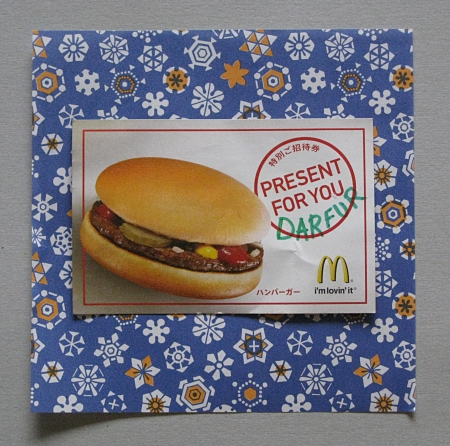
And as it seems for example in the US it is rather that people are lured into an unhealthy food consumption. It is especially the children, which are defenselessly exposed to subtle marketing methods.
According to a study Food and beverage companies spent $1.62 billion to market their products to children in 2006. The FTC study was requested by Congress in response to growing concern about childhood obesity in the United States. The study, did not look directly at the possible link between food and beverage advertising to kids and childhood obesity, but to assume that such a link exists is definitely not too far fetched, a more detailled distinction between advertisements for healthy nutrition versus fast food/soft drinks etc. will give more information.
Over here in Japan the advertisement of food in restaurants is especially interesting to observe. Restaurant/food stands meals are usually modelled in plastic, which looks like Fimo (please see images). This food modeling seems to be a kind of art form, may be similar to food fotography (which uses also often plastic). For me the meals look rather like some futuristc nano food, however given the sucess of this kind of advertisement it is obvious that people feel attracted to this plastic food simulation. Interesting question, why? Because this kind of food cant rott and smell badly?. Because colors and shininess are exagerated and thus better perceptible as a kind of 3D symbol?
after “read the rest of this entry” you can find an artwork by Franziska Assisi (Bosnia) called: “Fimo naschen mit nichtlichtartigem Beschleuni-GEAR”
